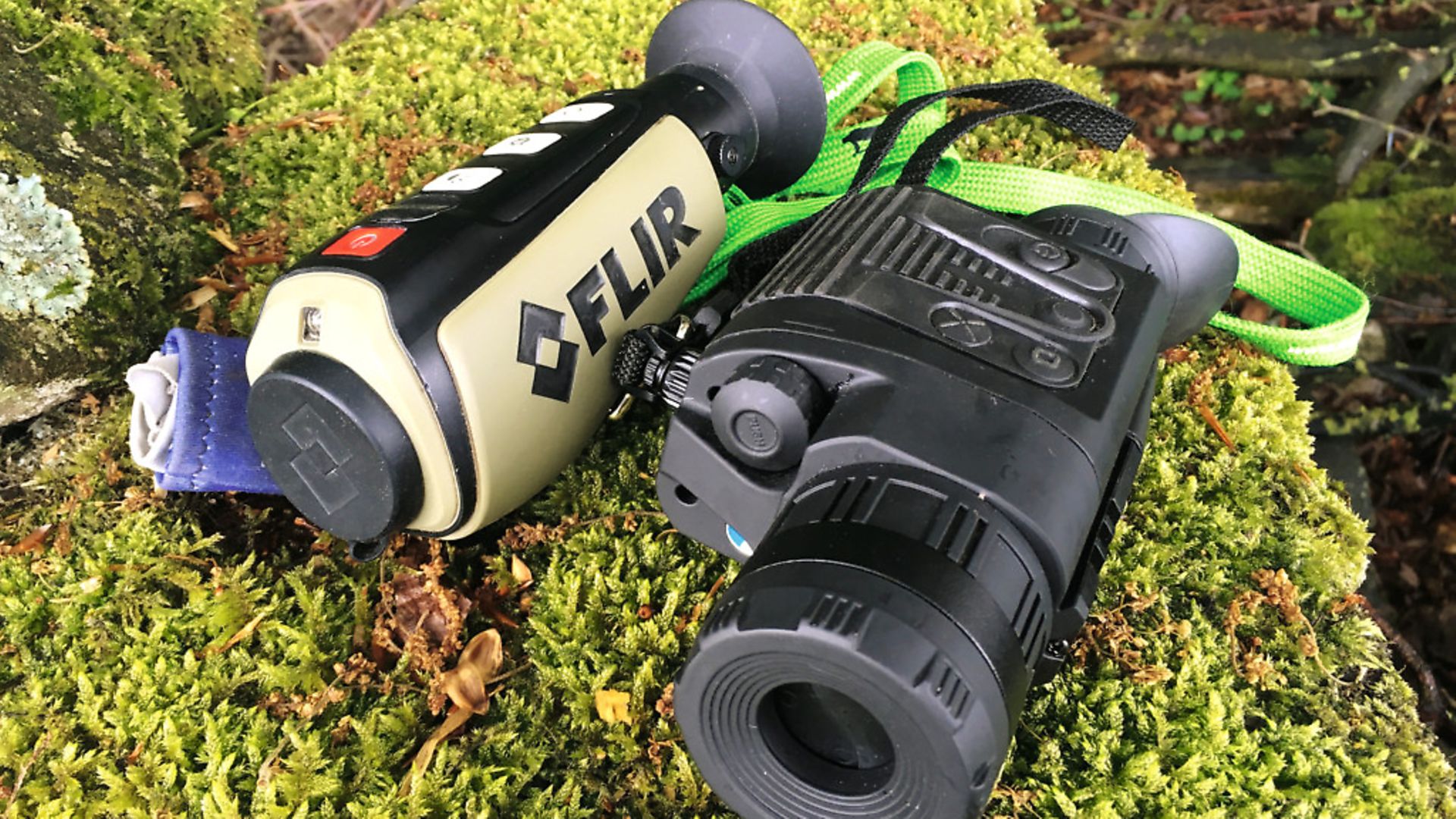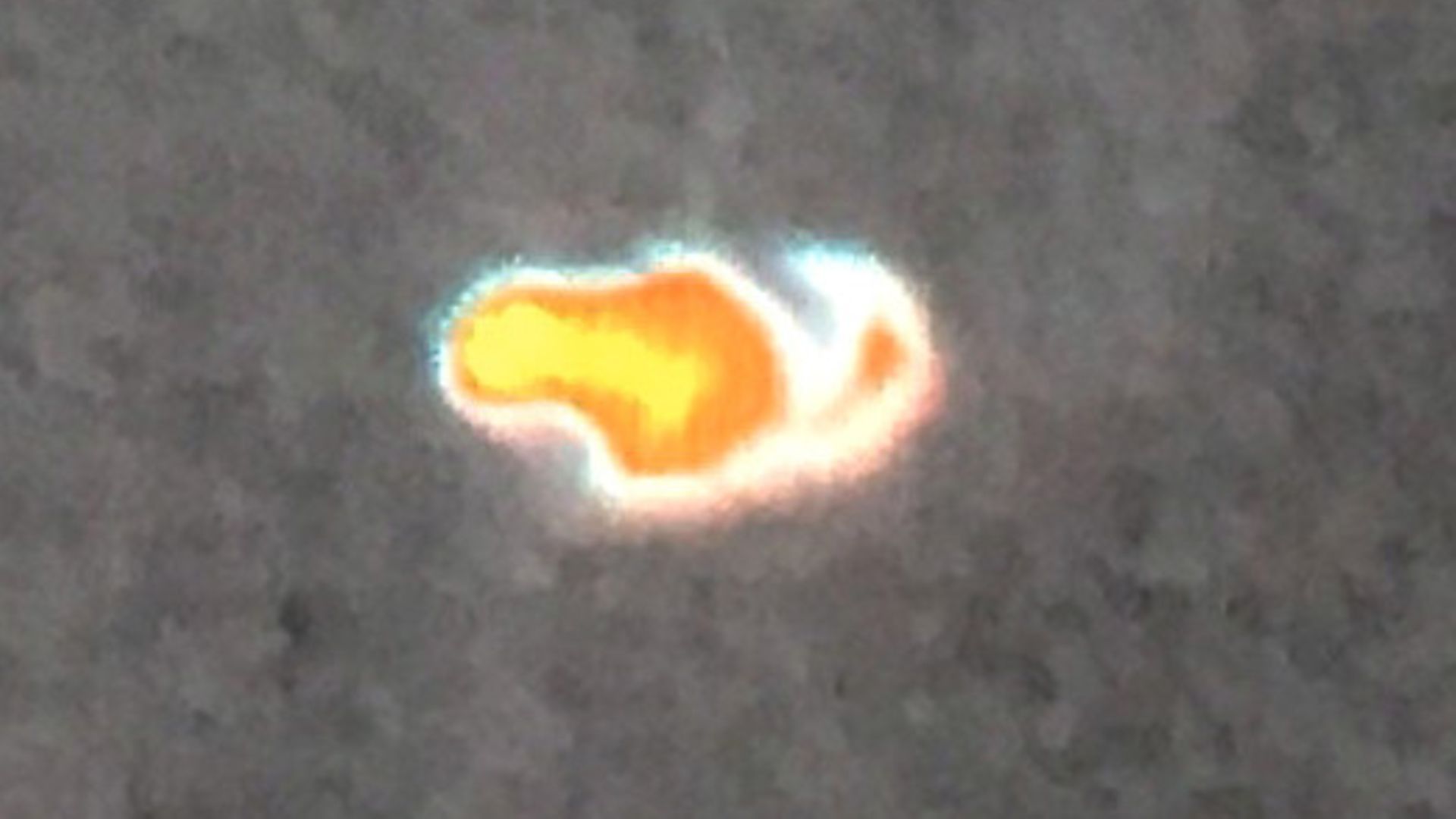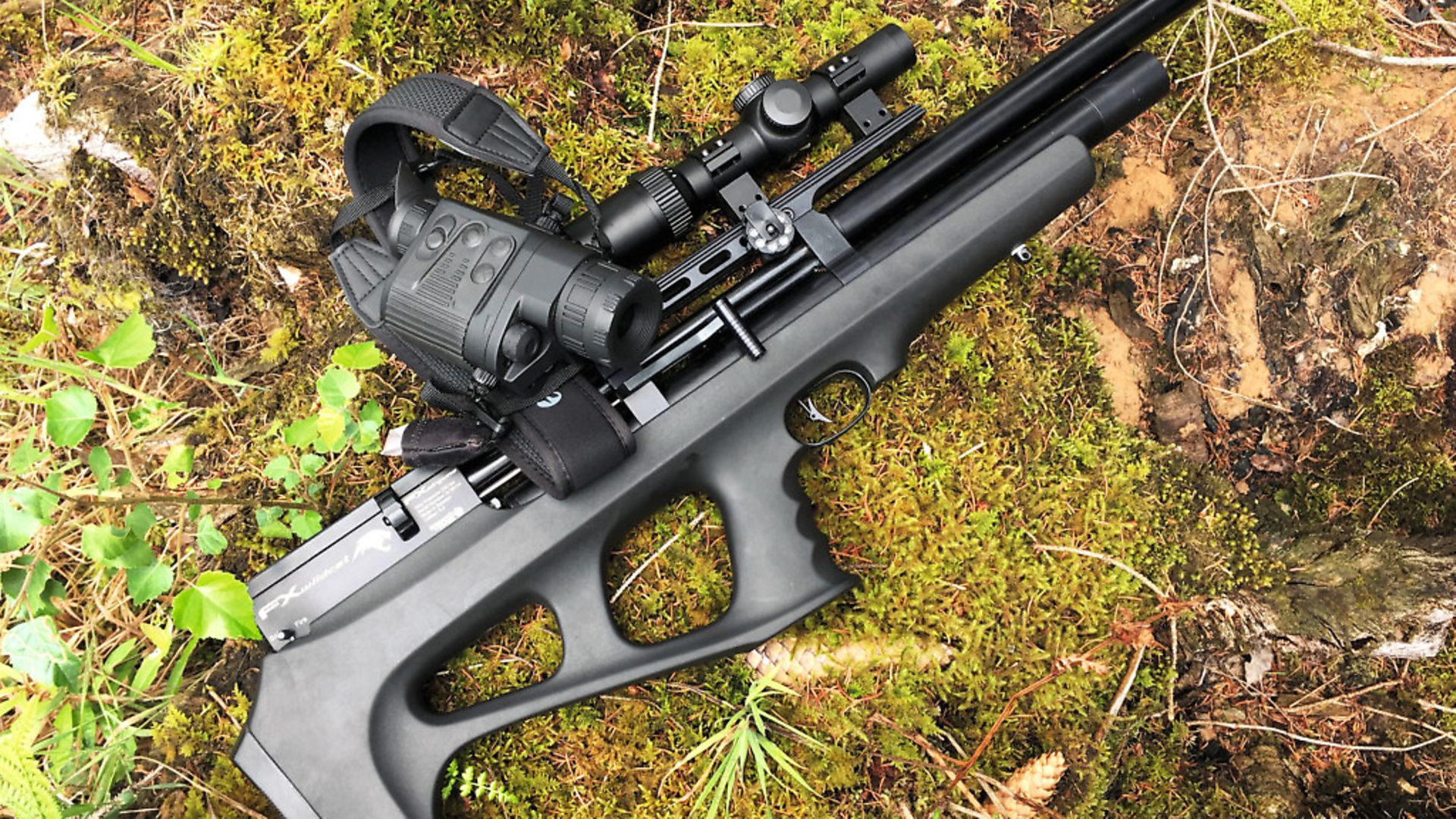Jerry Moss is upgrading his optics with a new thermal model from Pulsar
 credit: Archant
credit: Archant
I have been using a FLIR Scout PS32 thermal-imagining unit to assist me in finding the grey squirrels for over five years now, and it’s also a handy tool for monitoring the red-squirrel populations. The PRSG rangers all have FLIRs as part of their kit and these are not a cheap by any means, but the time they can save can only add to their pay-back. I would go so far as to say that the thermal spotters have been a game-changer for us in the control of the grey squirrels.
Some might say this is taking away the art out of stalking or hunting your quarry, but at the end of the day, we are doing a job. Our aim is to take out greys as quickly as possible. We don’t want them near our red squirrel populations because the results can be devastating with the spread of the squirrel-pox virus.
I have been hearing some good things about the Pulsar range of thermal scopes and spotters, so I contacted the people at Pass UK, from whom we have bought many a FLIR unit, to enquire about getting a demo Pulsar Quantum XQ23V or XQ30V Lite. A couple of weeks later, an XQ30V unit was with me and my first impressions of the unit were very good. It looks well made, and the controls are all in good positions around the unit. Out in the woods, with the XQ30V and the useful manual that is supplied, in my pocket, it took me no time to set up the unit to my liking and desired settings. Within an hour or so, it was like second nature, maybe my regular use of a thermal spotter helped me, but the controls and features are different to that of the FLIR Scout.
 credit: Archant
credit: Archant
Bigger view
Something that struck me straight away was the screen size. You are looking at what seems a bit bigger screen on the Pulsar XQ30V, coupled with the fact that the Pulsar is set at 2.5 x zoom, with the option to zoom in more up to 10 x. This took a little bit of getting used to because everything seemed a lot closer than would with the FLIR. The refresh rate on the Pulsar is an impressive 50Hz compared to the 9Hz of the FLIR, making the picture a lot smoother as you scan the area.
The Pulsar also has seven different colour palettes, compared to the three of the FLIR Scout. I always used the red-hot on the FLIR, and have found that this is also my preferred option with the XQ30V. It is slightly different because on the Pulsar, the red signature graduates with a yellow to show you the intensity of the subject you are looking at.
I have noticed that, at a certain distance, you can tell that the heat source you have picked up is a squirrel much better than with the Pulsar. It’s all about being alerted to a heat source as you scan the woodland floor or trees, and then you can switch to your bin’s or your rifle scope to check it out further. I will add that when I first started using thermal imaging, I found that it is not something you just take out of the box and switch on. In my opinion, you need to learn about the unit, how to scan, to know its limitations and when it really won’t be of much use. For example; we use them during the day and really sunny days are a waste of time because there isn’t enough contrast between the body heat of the animal and the warm background.
 credit: Archant
credit: Archant
When out walking through the woods and forests, using a thermal spotter has so many plus sides; it helps me to pick up greys early, giving me the advantage, and it’s also great for seeing a grey go up a tree and apparently vanish. Many times, I have scanned, picked up a small heat source, and then looked through my scope to see that grey, flat out on a branch – you would never pick that up with the naked eye. I will then move or wait, and nine times out of 10, I’ll bag that squirrel – the time it can save is massive.
Tech data
There are far more features and details to the Pulsar than I can go into here, so please check out www.pass-thermal.co.uk/pulsar-quantum-lite-xq23v-thermal-scope for all the technical details and info. I was so impressed with the Pulsar XQ30V that I now have the XQ23V, which has taken the place of my trusty FLIR. I went for the XQ23V because the zoom starts at 1.8x and you can go up to 7.2x. It suits my needs better in the woods because I’m working at close range, and other than that, most of the other features are the same as the XQ30V, but it has a slightly lower price tag. The RRP on the XQ23V and XQ30V are £1999 and £1299, respectively. For daytime or night-time hunting, thermal is definitely worth consideration, if your budget allows.